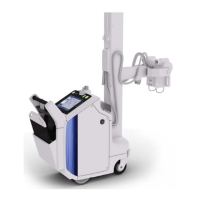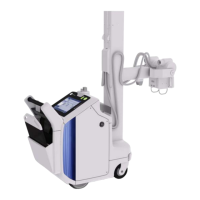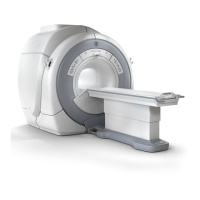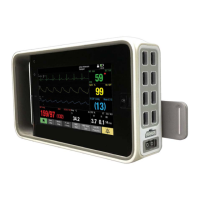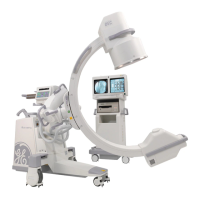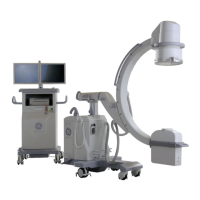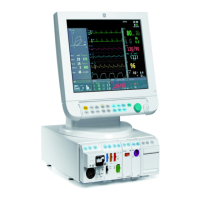Chapter 10: Image Acquisition
5495975-1EN Rev.9 10-26
© 2013-2017 General Electric Company. All rights reserved.
Ion Chamber Detectors
Ion Chamber Detectors have three sensing areas (Figure 10-20). Sensing Area 2 is located at the center of
the X-ray beam. While Area 1 and Area 3 can be selected to cover an exposure of two symmetrical parts
of the body, such as the lungs or the kidneys, care should be taken to center the patient and receptor
areas accordingly.
Figure 10-20 Sensing areas
The position of the sensing areas are shown in relation to the area of a 210 mm x 248 mm (8.25in x
9.75in) Collimator Light Field.
Applications for Detector Sensing Areas
The receptor sensing areas should be used as described in the following sections. You should become
familiar with their locations and recommended use. The sensing areas are numbered 1 through 3.
Areas 1 and 3
Areas 1 and 3 are used to cover symmetrical body parts. For example, acquiring a chest radiograph
includes the lungs, which are proportional parts of the body. In this application, Area 1 and 3 must be
located in line with radiation transmitted through the left and right lung fields. This ensures these areas
are not influenced by variations in tissue opacity caused by the heart or vertebrae.
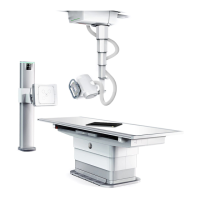
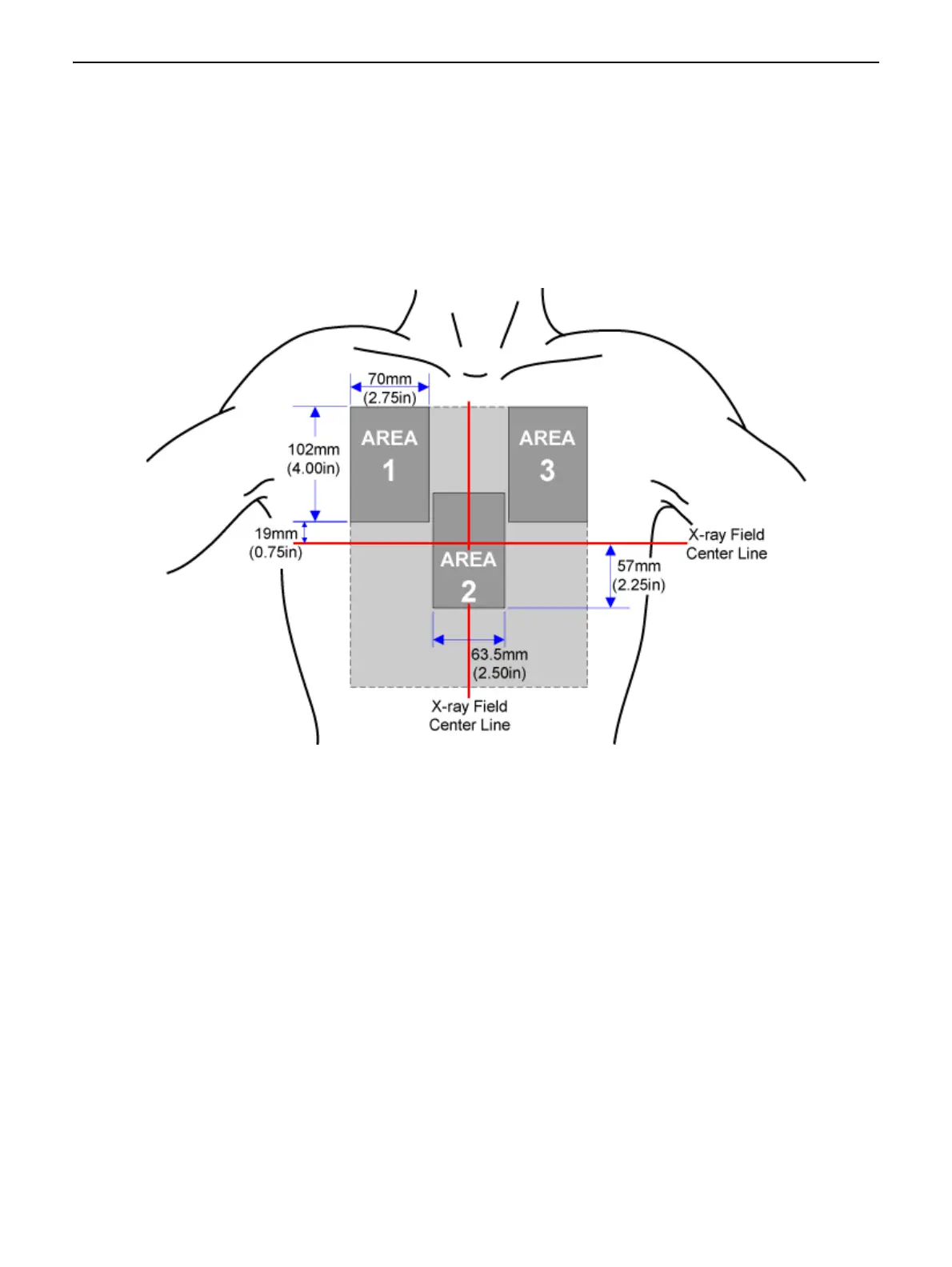